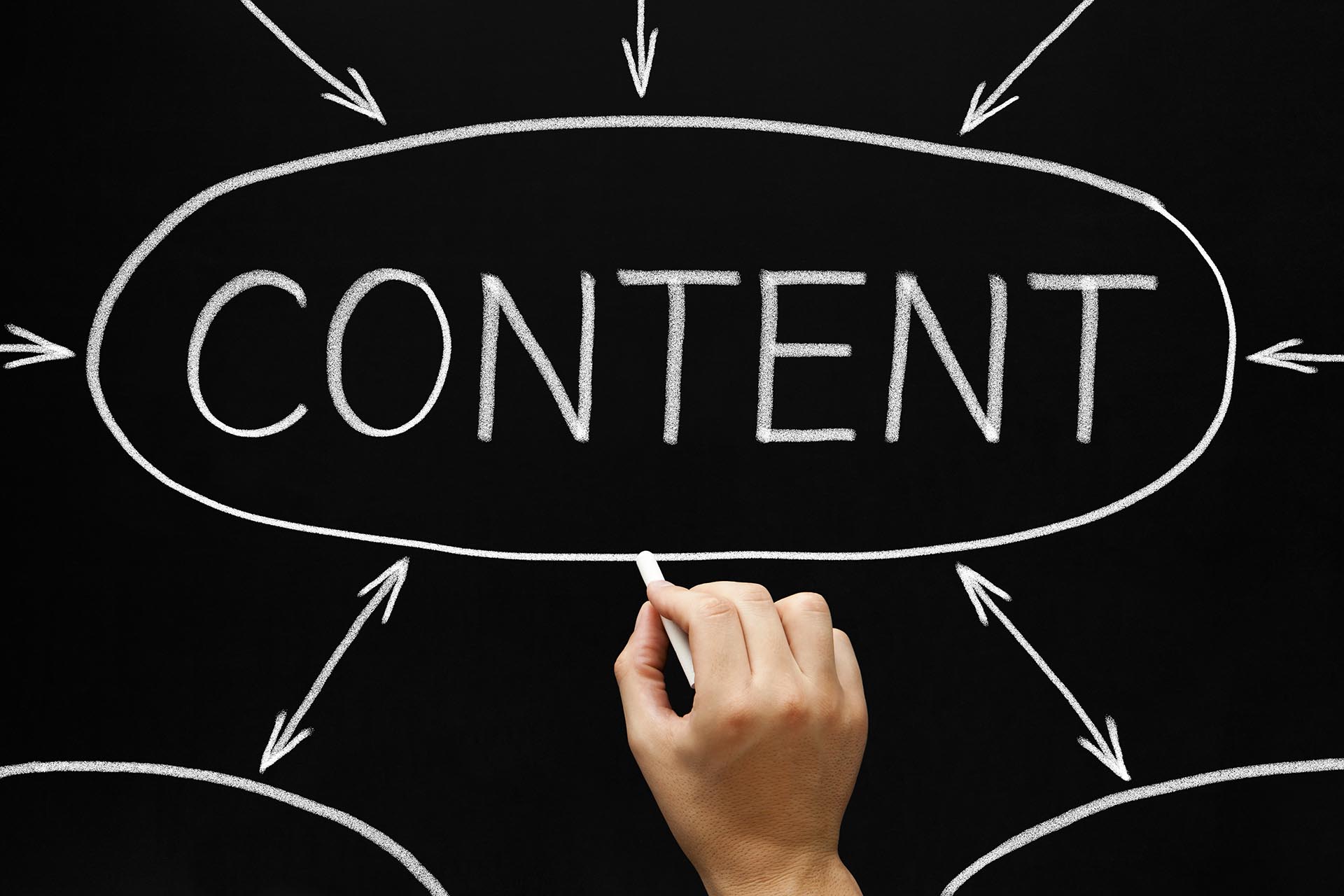The one thing that Facebook does exceptionally well from a technology perspective is operating and modifying their news feed algorithm. Learn how to take advantage of it to display exactly what (and who) you want to appear on your news feed.

Facebook does a lot of things wrong. They often don't listen to their users. The site is built on an antiquated technology that is currently being held together by duct tape and chewing gum. They haven't the foggiest idea how to build mobile apps. They don't quite get the whole "public business" thing.
With all of these negatives, the site that's approaching a billion users worldwide does one thing exceptionally well. The algorithm that drives our news feeds is top notch. It knows us. It learns about us. It adapts to us.
The news feed algorithm is a technological work of art in many ways. One of the best parts about it is that you can train yours to present you with the right content from the right people. Here's how:
Check Your Friends (and particularly the order they're in)
 When you got to your list of friends on Facebook which you can find at facebook.com/username/friends, you should see the most familiar faces right at the top. While it's not an exact listing in perfect order, it's a loose interpretation of how Facebook feels you rank your friends in order of importance. The order of the list changes often based upon who is posting lately, whose posts you've liked lately, and anything that you've shared or commented on.
When you got to your list of friends on Facebook which you can find at facebook.com/username/friends, you should see the most familiar faces right at the top. While it's not an exact listing in perfect order, it's a loose interpretation of how Facebook feels you rank your friends in order of importance. The order of the list changes often based upon who is posting lately, whose posts you've liked lately, and anything that you've shared or commented on.
The key here is "lately". The algorithm adjusts very quickly to your actions. The more often you like someone's posts and comments, the higher they'll appear on this list and the more preference their posts will be given in your news feed.
It's not as simple as "most", however. The algorithm takes other things into account such as friends of friends liking friends' posts (sounds confusing but read it again and again until you get it), the amount that they post, and the type of content they're posting. You'll see that those of your friends who post mostly images or text status updates will appear higher than those who post mostly links or videos.
There's the tool component as well. Facebook favors posts sent through either a Facebook native mobile app or Facebook.com itself. There's nothing wrong with using tools, but Hootsuite, Buffer, and other tools appear slightly lower than those that are posted through the native programs.
Classifying Your Friends
 This is the easy part. Facebook makes it very simple to classify the people in your life into various groups (don't call it circles or Google will get mad).
This is the easy part. Facebook makes it very simple to classify the people in your life into various groups (don't call it circles or Google will get mad).
Simply hover over their name. Their profile information will pop up. Then, hover over the "Friends" button and your lists pop up. Facebook gives special treatment to "Close Friends" and "Family", so the important people in your life should be classified as such.
You can take it a step further and add them to other lists. You should do this with all of your friends whenever possible, particularly if you use Facebook a lot and for different reasons such as work, politics, etc.
Creating lists and classifying your friends and family may seem like a tedious and somewhat impersonal task, but it's worth it if you want to streamline your time on Facebook. Nowadays, anything that can make Facebook more manageable is a good thing.
You'll also notice that there's an option for "Show in News Feed". Most of us have people we list as friends who we do so out of politeness. They might have met us at a party or something and added us to their Facebook, so we added them back so as to not seem rude. By de-selecting "Show in News Feed", they won't clutter your feed and you won't seem like a jerk for not reciprocating.
Like Sculpting
 Now that you understand how it works, it's time to train your profile. Again, the Facebook algorithm is extremely sensitive. It puts a lot more weight on what is happening today and right now more than what has happened in the past.
Now that you understand how it works, it's time to train your profile. Again, the Facebook algorithm is extremely sensitive. It puts a lot more weight on what is happening today and right now more than what has happened in the past.
Select the friends and family members who you really like a lot. It's not necessarily a comparison to real life; if Uncle Dweezil is your favorite but he posts incessant pictures of his dogs and marijuana plants that you don't want to see all the time, don't include him.
Once you have your winners, open their profiles and start liking away. Stay true - don't just randomly click on everything they post just for the sake of sculpting. If they're posting enough and they're truly people you want to follow, you should be able to find things that they posted that match your interests. If you don't, perhaps it's time to reconsider the friendship.
Remember, it's not just a matter of volume. Percentage of posts liked plays a major role, so if you have a loosely active friend who you want to see in your news feed, you can like several of their things and they should always appear on top when they posts. In other words, those who aren't Facebook-addicts can still get preferential treatment in your news feed.
Lastly, do the same thing with Pages. The posts on the pages you've liked in the past will never appear in your feed if you don't like some of what they post. This is a good time to go through all of the pages you've liked and unlike the ones that you don't really follow anymore. The ones that you do want to follow - like away! Some of the best content on Facebook comes from active pages.























